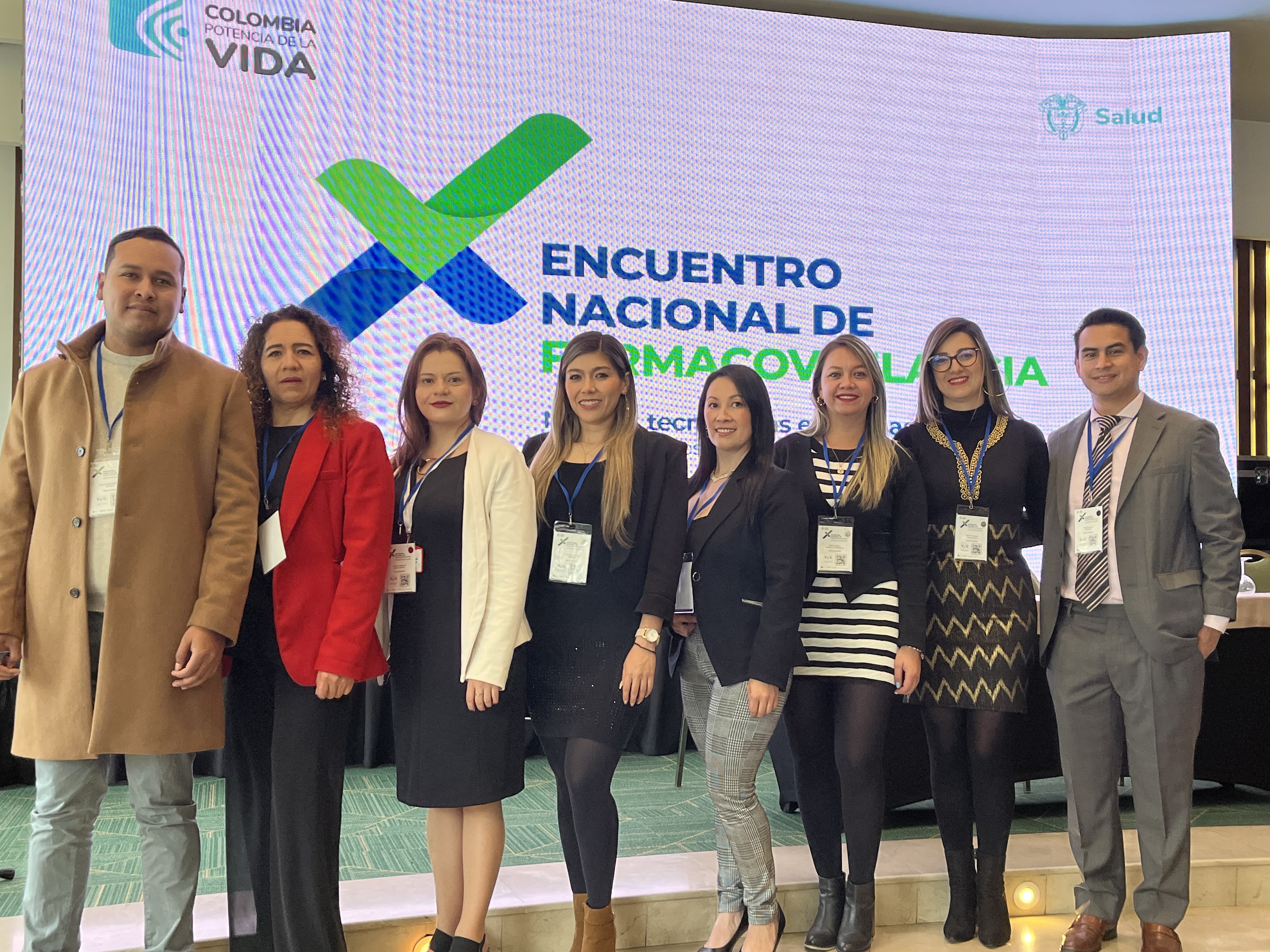
UMC is focused on advancing the science of pharmacovigilance through our research and signal detection, developing new methods to help detect side effects and prevent harm to patients. One such method is vigiGroup, UMC’s novel consensus clustering algorithm developed to identify groups of reports with similar adverse events, complementing existing data screening methods in pharmacovigilance.
vigiGroup’s potential was recently demonstrated by UMC data scientist Nils Erlanson, who shared promising results from an exploration in VigiBase of the safety profiles of the COVID-19 vaccines using vigiGroup cluster analysis, highlighting its ability to both prospectively detect new safety signals and complement traditional disproportionality analysis.



A research paper on the method “Consensus clustering for case series identification and adverse event profiles in pharmacovigilance” was published in Artificial Intelligence in Medicine, but we also wanted to explore other ways to communicate vigiGroup to a wider audience and to visualise how the method works. Science communication is an integral part of what we do within Global Communications at UMC, making the science of pharmacovigilance accessible to a global audience and vigiGroup gave us an opportunity to put our skills to use.
Eva-Lisa Meldau, data scientist and co-author of the paper, worked with us on an animated explainer video which takes the viewer through how vigiGroup works.
“Working on this project has been a great experience and it helped me to distill the essential parts of the method, presenting them in a way that makes it accessible and engaging to people who might use the method in the future,” Meldau said.
Niklas Norén, Chief science officer at UMC and first author on the paper, also believes in the importance of providing accessible explanations to complex analytical methods.
“The mathematical underpinnings of vigiGroup are not accessible to all, and we hope that this video will change how it’s perceived by pharmacovigilance professionals, from a black box to principles that they can grasp and appreciate,” he said.
The animated explainer is part of UMC’s showcasing of vigiGroup, presenting the data science of the method in a clear visual narrative. We hope this project will set the tone for future communication of UMC’s research, leading to new and creative ways to bring our work to the world. Please watch the film to learn more about the method and look out for more vigiGroup content on our social media channels.




